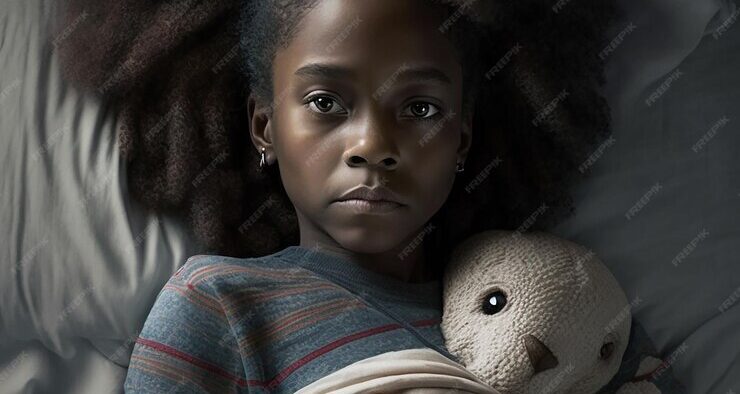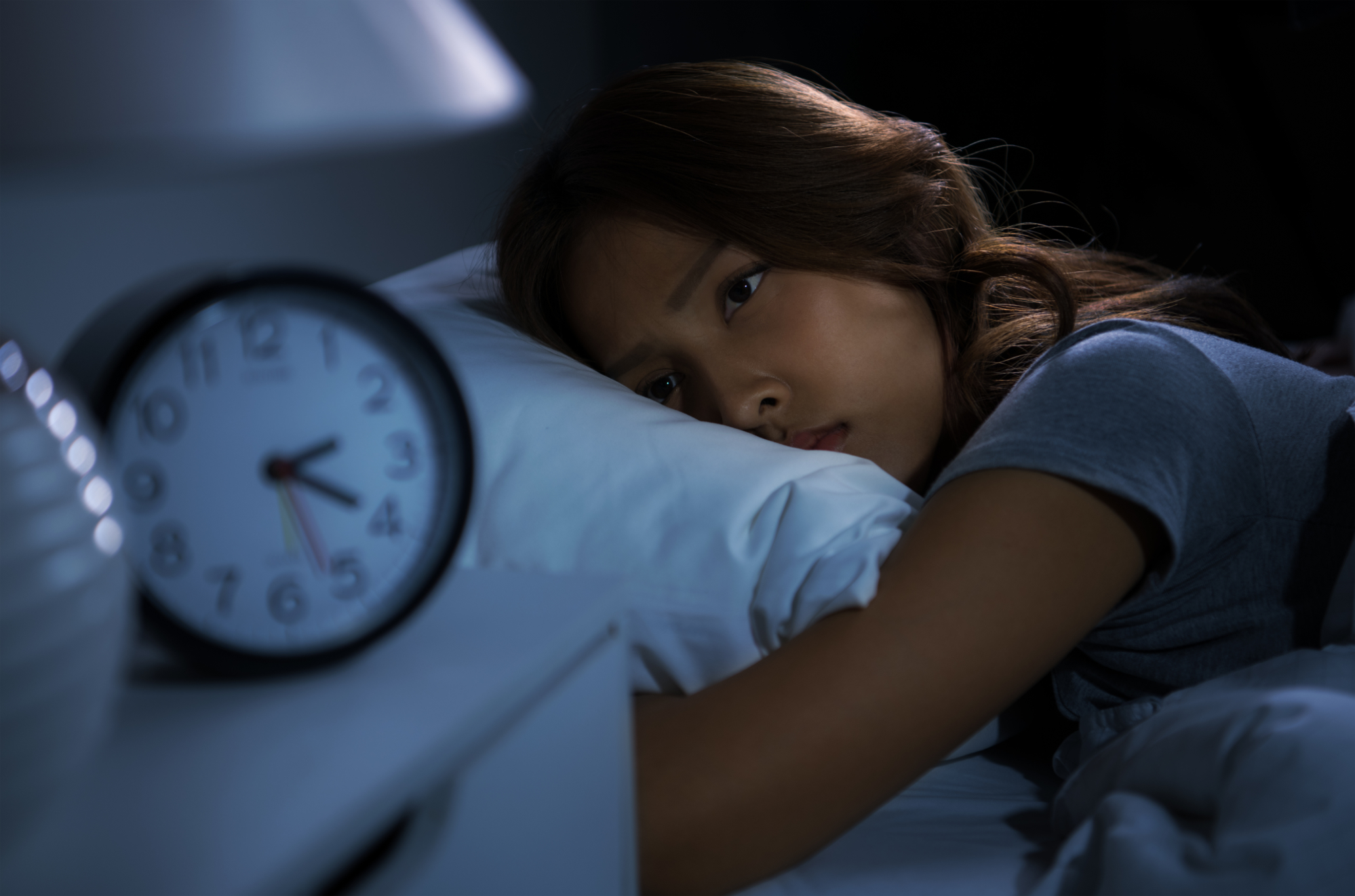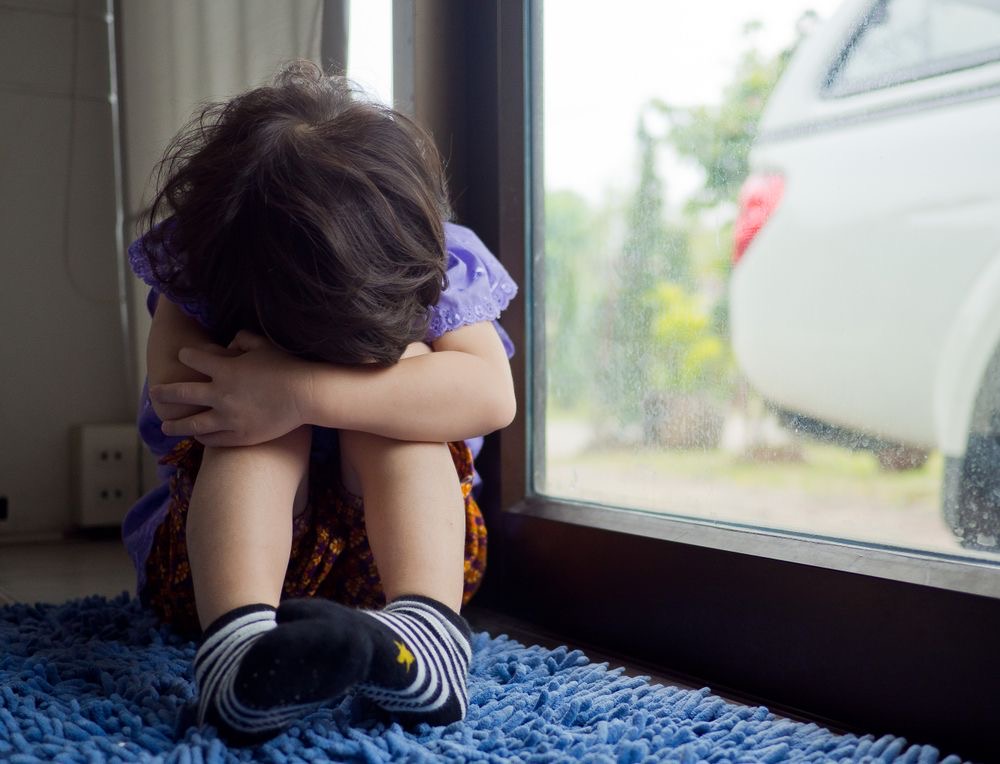Understanding Insomnia in Children: Causes, Symptoms, and Solutions
Share

Did you know that children can be affected by Insomia? Yes! While insomnia has been widely categorised with adults, according to the Boston Children’s Hospital, the rate of insomnia in children is quite considerable as well.
This is “characterized by struggles around going to bed, difficulty falling asleep at bedtime, or problems staying asleep during the night,” shares the institute.
According to a Sleep Foundation report, about 20% to 30% of children suffer from insomnia, making it one of the most common sleep disorders among young people. The report states that the primary symptoms are trouble falling asleep, staying asleep, or both.

“Childhood insomnia can be challenging for the whole family. However, effective treatments are available. Behavioral changes, such as establishing consistent bedtime routines, are typically the first line of treatment and can lead to improvements in well-being for both the child and their caregivers,” the report further reads.
Sleep can never be overstated. Affrinity Health shares that its importance is because during sleep (particularly slow-wave sleep), the body releases growth hormones essential for development. This process helps repair tissues, build muscle, and support overall growth.
“Adequate sleep is particularly crucial for infants and young children in critical stages of physical development. Studies have shown that children who don’t get enough sleep are more likely to experience stunted growth and development delays,” shares AFfinity Health’s CEO Murray Hewlett.
Sleep, therefore, becomes fundamental for cognitive functions, crucial for learning and memory retention. “A good night’s sleep can mean better academic performance for school-aged children,” adds Hewlett.
Emotional well-being is another area where sleep plays a critical role. Children who get enough sleep can better regulate their emotions and handle stress.
So what does insomnia in children look like?
Insomnia in children emerges similarly in adults and involves ongoing sleep problems despite enough time to rest, leading to issues during the day. For kids, this might look like trouble waking up, irritability, mood changes, poor focus, or even physical symptoms like headaches or stomach pain.
The causes of insomnia in children can be caused by various reasons, such as psychological, behavioural, medical and environmental factors. The health cover provider shares more on these.
Psychological Factors

Stress and anxiety can cause insomnia in children. Children may feel stressed from school pressures, family issues, or problems with friends. These worries can make it hard for them to relax and fall asleep. While depression is less common in younger children, it can also affect their sleep.
Behavioural Factors
Inconsistent bedtimes, too much screen time before bed, and consuming caffeine can all contribute to poor sleep habits and insomnia in children.
Medical Factors
Conditions such as sleep apnea, restless leg syndrome, orperiodic limb movement disorder can cause insomnia in children. Chronic illnesses such as asthma, allergies, or gastrointestinal issues, and certain medications can also interfere with sleep.
Environmental Factors
A bedroom that is too noisy, bright, hot or cold can prevent a child from falling and staying asleep. Changes in family dynamics, such as a new sibling or parental conflict, can also cause anxiety and disrupt a child’s sleep.
Solutions for Insomnia in Children
Establishing good sleep hygiene for children is important and here are tips on how you can start:

If your child’s insomnia is related to anxiety, depression, or other psychological issues, a therapist or counsellor can be beneficial. Cognitive-behavioural therapy for insomnia (CBT-I) is a highly effective treatment for insomnia.
6. Parental Involvement: Parents should model good sleep habits themselves. Children often mimic their parents’ behaviours, so demonstrating the importance of a healthy sleep routine can have a positive impact. Rewarding your child for following their sleep routine and achieving sleep goals can encourage good habits. Simple rewards like stickers or extra playtime can be effective motivators.




